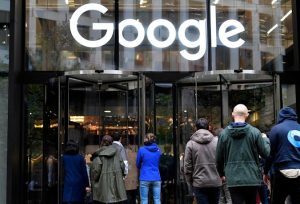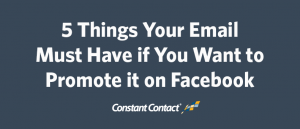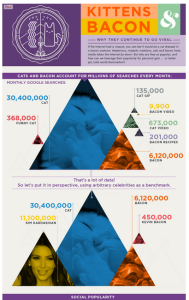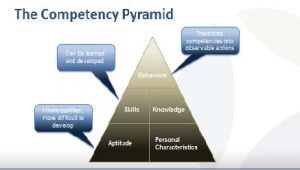As more consumers turn to sites like Amazon to start their product searches, columnist Benjamin Spiegel says it’s time for consumer packaged goods brands to hop on board and focus on these platforms.
 Back in 2014, we talked about the threat that vertical search engines pose to Google. Fast-forward to today: Consumer behavior has increasingly shifted, and according to a BloomReach study, almost half of all product searches begin and end inside Amazon.
Back in 2014, we talked about the threat that vertical search engines pose to Google. Fast-forward to today: Consumer behavior has increasingly shifted, and according to a BloomReach study, almost half of all product searches begin and end inside Amazon.
The growth of search activity on these vertical engines has created a new industry: e-retail search marketing. Agencies and software and media companies are starting to look for opportunities to monetize this shift in consumer behavior — and so are smart marketers. Over the past few years, we’ve helped many brands optimize their SKU content to rank in the top positions on e-retail sites.
One of the most impactful shifts we have seen is the rise of paid media platforms in this space. It’s being led by Amazon’s own AMS and HookLogic, an ad network servicing major retailers such as Target, Walmart and many more.
So why should consumer packaged goods (CPG) brands (or any brand selling through retailers) shift their focus and budget to these rather “new” and fresh platforms?
1. Low cost per click
E-retail paid search is still a rather “quiet” area of focus for many marketers. Competition is low, and so is the cost per click. Most CPCs in Amazon are still under one dollar, while the same terms can cost up to 10 times that on search engines like Google.
On top of that, many CPG brands are actually competing for the same search terms on Google, just to drive consumers back to the e-retailer to complete the purchase. This inflates prices even further.
2. Incredible ROI
Not only is the average CPC much lower when compared with Google, but the ROI is also much higher.
Amazon search is the absolute bottom of the funnel. Someone searching in Amazon for bottled water wants to buy bottled water; they don’t want to learn about the production process, cost or environmental impact.
This bottom-of-the-funnel position has made all of our campaigns on Amazon deliver insanely positive ROI.
3. Long-term value
Subscription programs from e-retailers (like Amazon’s Subscribe & Save) allow brands to “lock” consumers into automatically renewing purchases at a discount. While these programs enable brands to create truly measurable long-term relationships with their customers, they also show brands the true lifetime consumer value.
4. Measurability
Almost all CPG marketers understand the challenge of calculating the impact of digital activities to offline sales. Since most CPG brands don’t sell directly to consumers and have to use modeling to estimate the impact and ROI, it’s tricky to adjust campaigns in real time.
Not anymore — By using these end-to-end platforms, marketers can measure and adjust campaigns in real time to drive actual sales.
5. Organic lift
E-retailers like Amazon operate and exist for a single purpose: to sell products. Therefore, their organic algorithms favor products that move fast.
Often, the organic search results are a one-to-one comparison to the seller rank. When utilizing paid search to increase sales, marketers are also greatly improving their organic reach and sales.
Conclusion
As you can see, while the platforms are still young, there is massive potential to grow sales by optimizing product SKUs and descriptions for vertical search or investing in PPC programs within the e-retailers’ platforms.
And with more and more consumers shifting their daily shopping habits to sites like Amazon, it’s more important than ever to rank on top of the results.
Vertical search will eventually be more crowded, competitive and expensive; but for now, I urge CPG brands to act quickly and be in these first baskets in order to dominate the new digital shelves.
Some opinions expressed in this article may be those of a guest author and not necessarily Marketing Land. Staff authors are listed here.
Marketing Land – Internet Marketing News, Strategies & Tips
(65)
Report Post









